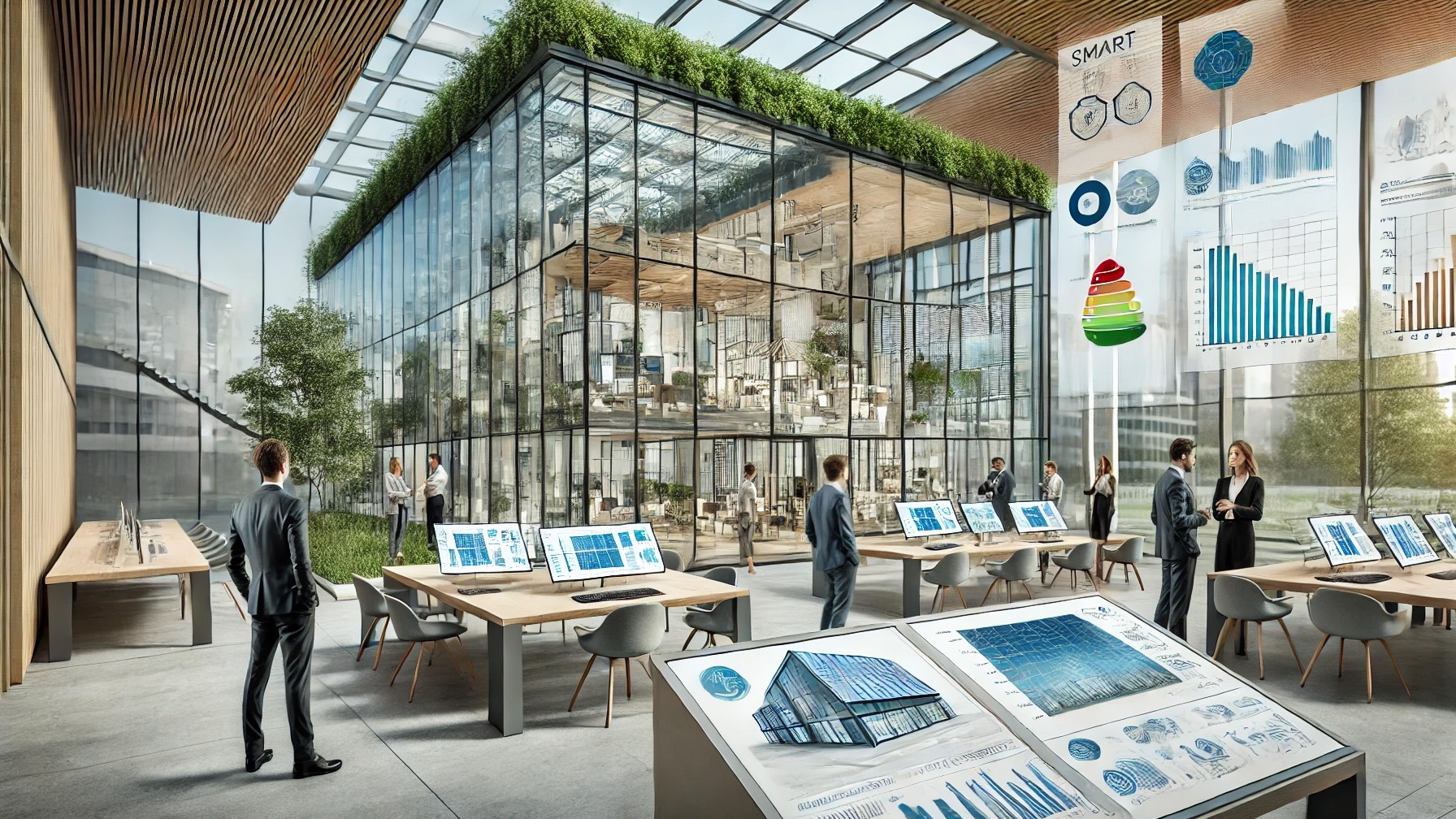
Introducing Stevan Vinci: A Visionary in Building Science
In an era where sustainability and energy efficiency have become paramount in the architecture, engineering, and construction (AEC) industry, Stevan Vinci stands out as a leading advocate for integrating cutting-edge building science into mainstream practices. His initiatives focus on enhancing enclosure performance—one of the key aspects influencing the structural integrity and energy efficiency of buildings.
Understanding Building Enclosure Excellence
The concept of building enclosure is multifaceted, encompassing aspects from insulation materials to vapor control layers and air-tightness. Vinci emphasizes that achieving a high-performance building requires not only advanced materials but also a thorough understanding of how these elements interact within various environmental conditions. By investing in robust enclosure systems, project developers can drastically enhance the durability and sustainability of their structures.
The Impact of Sustainable Practices in AEC
As urban environments become increasingly dense, making sustainable choices in building design is more critical than ever. Vinci advocates for an expanded role of green materials—particularly those with a verifiable lifecycle assessment. This not only meets current environmental regulations but also aligns with a growing consumer demand for eco-friendly solutions. Moreover, adopting sustainable practices can lead to significant long-term cost savings and a more resilient infrastructure.
Real-World Applications and Success Stories
By collaborating with industry partners, Vinci successfully spearheaded projects that serve as benchmarks for sustainable building practices. For instance, his work on a high-rise building that implements advanced façade design principles demonstrated a remarkable reduction in energy consumption—by as much as 30% compared to conventional designs. These projects not only showcase innovative technology but also reinforce the financial benefits associated with sustainable and energy-efficient building practices.
Future Trends: What Lies Ahead for Building Science?
The future of the AEC industry is poised for transformation as technological advancements pave the way for smarter construction methodologies. With Vinci’s forward-thinking approach, he predicts an increasing integration of artificial intelligence and machine learning in project management that can enhance decision-making and improve efficiency. This signifies a critical shift, especially in optimizing building maintenance and performance post-construction.
The Path to Adoption of Advanced Practices
The reluctance to adopt new technologies can often be attributed to the upfront costs related to advanced building materials and methods. However, Stevan Vinci argues that understanding the long-term return on investment (ROI) is essential. By quantifying benefits such as reduced energy costs and extended lifespan of building materials, stakeholders can make more informed decisions, ultimately shifting the industry towards sustainability.
In conclusion, the AEC industry faces a pivotal moment steered by innovators like Stevan Vinci. His commitment to advancing building science not only enhances enclosure performance but also drives the pursuit of sustainability within the industry. As stakeholders continue to adapt to new methodologies, the implications for future structures emphasize a significant transformation towards energy efficiency and environmental stewardship.
 Add Row
Add Row  Add
Add 




Write A Comment